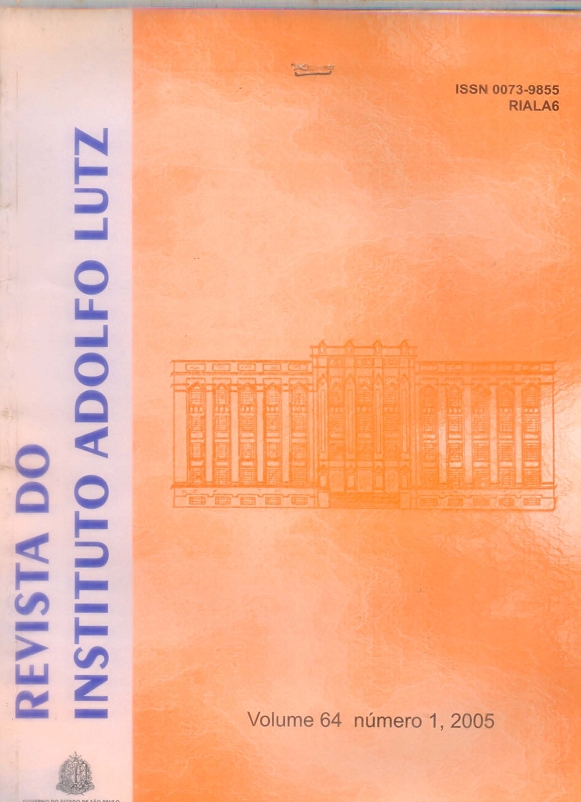Resumo
The protozoan parasite Cryptosporidium parvum has become recognised as important emerging human pathogens. For molecular studies, most of the techniques to extract genomic DNA require the use of imported kits to concentrate, rupture the very resistant oocyst wall, and purify the DNA from the samples matrix. The aim of this study was to develop a simple and rapid method based on polymerase chain reaction (PCR) to detect Cryptosporidium in preserved faeces. Oocysts were concentrated from faecal specimens by flotation on sucrose gradient. Genomic DNA was prepared from purified oocysts by adding a lysis buffer containing 70 mM β-mercaptoethanol, digested with proteinase K and extracted with phenol-chlorophorm-isoamyl. The standardization was started by performing a one step PCR to detect Cryptosporidium spp. using a generic set of primer (AWA). To detect C. parvum a one step PCR was assayed using the specific primer (LAX). To increase the sensitivity of the method, were tested nested-PCR assays, using an outer primer (XIA). Thirty nine DNA samples were analysed from the standard calf, 52 samples from 17 patients and 45 samples from 14 animals. The results were: 54.28% positive samples by single PCR AWA, 71.42% by nested-PCR, 67.74% by single PCR LAX and 44.44% by nested-PCR for the standard calf. The overall positivity for human and animal samples were: 34.48% by single PCR and 54.83% by nested-PCR for Cryptosporidium spp. and 16.00% by single PCR and 50.00% by nested-PCR for C. parvum. Using Vistra Green for staining agarose gel, yielded the visualisation of the amplicons. These results show that this simple and cheap method could be improved to be used on the routine laboratory work.

Este trabalho está licenciado sob uma licença Creative Commons Attribution 4.0 International License.
Copyright (c) 2005 T. T. Carvalho-Almeida
